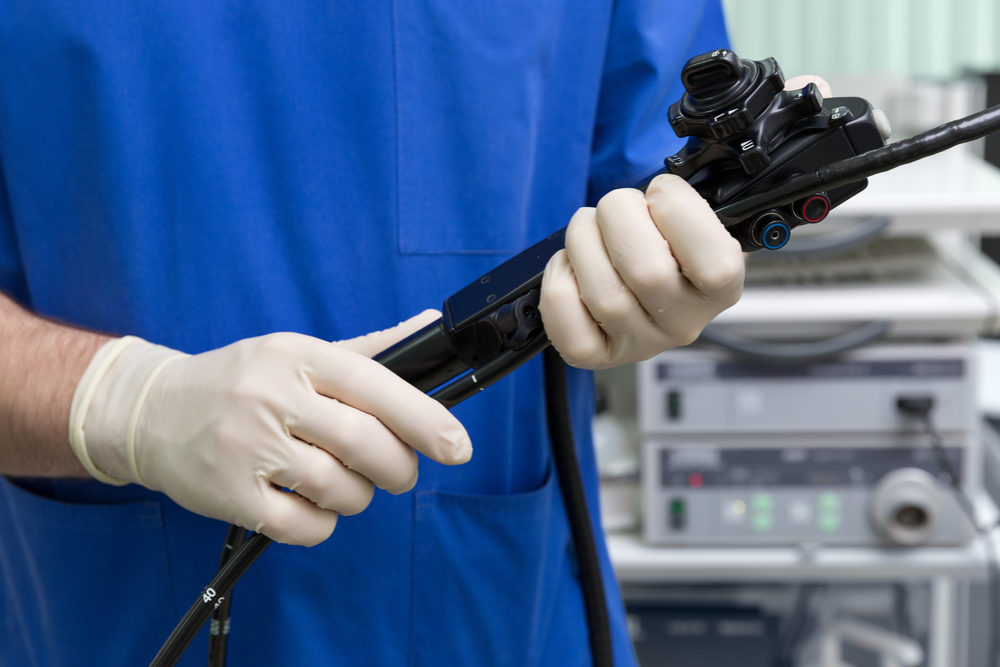ERCP Scope Cleaning Instructiosn Validated by Pentax: FDA

As federal regulators continue to work to address problems involving severe and often life-threatening “super-bug” infections linked to medical scopes used during endoscopic retrograde cholangiopancreatography (ERCP) procedures, Pentax indicates that it has validated new cleaning instructions for use of their duodenoscopes.
The new reprocessing directions, which the FDA announced in a safety communication issued on February 19, are meant to prevent the spread of hospital infections from the ERCP scopes, which are reused on different patients.
Duodenoscopes have been linked to a number of ERCP infection problems in recent years, because their design makes it difficult properly clean the device between patients, with a number of outbreaks occurring even when prior instructions provided by the manufacturers were followed by the hospital.

Did You Know?
Change Healthcare Data Breach Impacts Millions of Customers
A massive Change Healthcare data breach exposed the names, social security numbers, medical and personal information of potentially 100 million Americans, which have now been released on the dark web. Lawsuits are being pursued to obtain financial compensation.
Learn MoreThe new Pentax ERCP scope reprocessing instructions are meant specifically for the ED-3490TK video duodenoscopes. According to the FDA notice, the instructions have been validated and the agency is recommending that facilities using these devices train their staff in implementing the new instructions as soon as possible.
“The updated reprocessing instructions for the ED-3490TK Video Duodenoscope include a more rigorous protocol for pre-cleaning, manual cleaning, high-level disinfection and liquid chemical sterilization procedures,” the FDA communication states. “The Agency believes that when followed, these updated, validated reprocessing instructions demonstrate consistent and reliable cleaning, high-level disinfection and sterilization of PENTAX’s ED-3490TK’s Video Duodenoscope.”
On February 19, Pentax sent a letter to health care facilities and others who use the device, notifying them of the updated cleaning procedures.
Duodenoscopes used during ERCP procedures garnered national attention after a widely publicized duodenoscope infection outbreak at UCLA’s Ronald Reagan Medical Center in February 2015, involving carbapenem-resistant enterobacteriaceae (CRE) infections that resulted in at least seven infections and two deaths. At least 200 other patients had to undergo testing after being placed at risk by duodenoscopes manufactured by Olympus Corp.
A recent Senate report found that there have been more than two dozen such outbreaks worldwide in recent years, all linked to problems cleaning the ERCP scopes.
FDA reviewers determined that the “reprocessing” instructions provided by the manufacturer were inadequate, and that even if the recommended steps were followed to clean the ERCP endoscopes, flaws in the design may allow them to become easily contaminated.
In May 2015, an FDA advisory committee determined that the devices “do not provide a reasonable assurance of safety and effectiveness” due to the difficulty cleaning them. The panel said that manual cleaning is still important and needs to continue, but also recommended that the FDA reclassify duodenoscopes from semi-critical medical devices to critical medical devices and said reprocessing needs to be taken from “high level disinfection” processes to full sterilization.
Despite the concerns, the panel also determined that the benefits provided by ERCP procedures still outweigh the risks associated with the use of duodenoscopes. They called on the FDA to develop a guide of best practices to make sure that manufacturer instructions are followed, in addition to the need for better instructions overall.
The FDA issued a safety communication expanding cleaning instructions for duodenoscopes used in ERCP procedures in August 2015.
Several ERCP scope infection lawsuits have already been filed recently against the largest manufacturer, Olympus. It is likely that Pentax and other manufacturers may face similar claims as individuals learn about the link between infections following an ERCP and problems with the cleaning instructions provided with duodenoscopes.




0 Comments